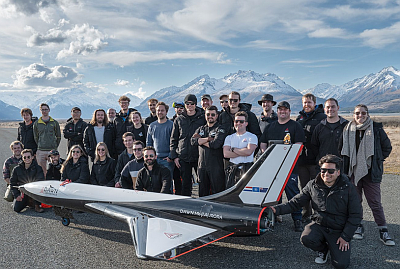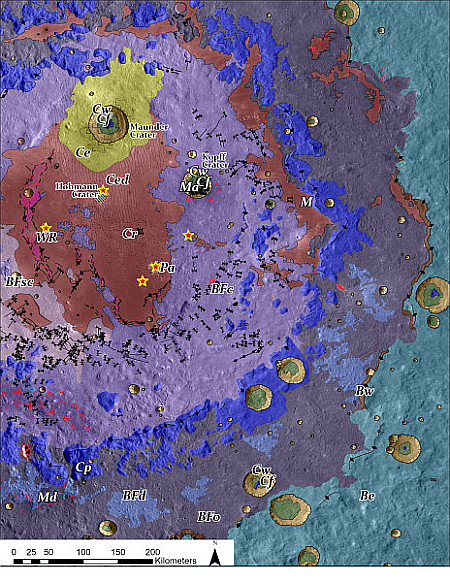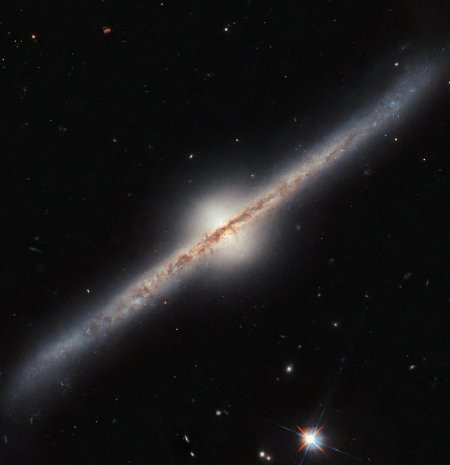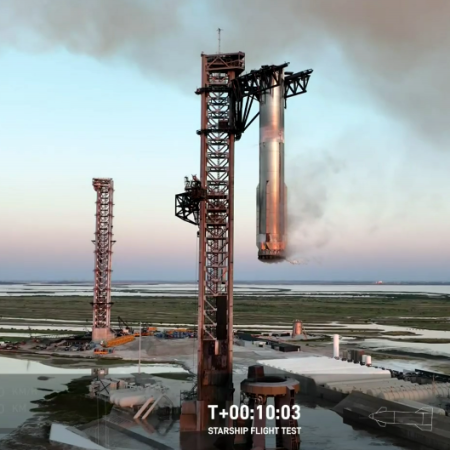Part 2: The waking sleeping giant lurks not just in public places

The lion now is roaring, quite loudly.
Photo by Travis Jervey.
In the first part yesterday of this three part essay, I described how Americans are no longer the disinterested public that we have seen for more than a half century. No longer is the left the only group with passion. Ordinary Americans are now paying attention, and appear aggressively unwilling to allow leftist bad policy and slanderous blacklisting go unchallenged. The public might not be partisan Republicans or conservatives, but it is nonetheless finally aware and outraged by the leftist agenda that has dominated government policy for the past decade, including policies that encouraged the mutilation and castration of children, allowed the queer agenda in schools, promoted anti-Semitism and bigotry throughout the workforce, and fueled an out-of-control federal government that only serves itself even as it squashes the freedoms of ordinary people.
In today’s second part, I wish to dig deeper, because the public’s willing outrage has already caused unexpected major attitude changes in places where such changes have been impossible for decades.
Let us begin with a somewhat complex court decision that I reported on last week. In this court decision, a two-judge panel went beyond the specifics of the lawsuit before it to rule instead on the basic legal authority of the White House Council on Environmental Quality (CEQ), concluding that its decades-long requirement that all government agencies obey its environmental recommendations in writing regulations was illegal, that CEQ simply did not have the statutory authority to do this.
As I said, the case itself is very complex. It is not even clear this ruling will stand up, since in the end the CEQ’s recommendations essentially reflect those of the President, whose authority to determine how the agencies under him create regulations based on Congressional law is legal and quite final.
The point however is not whether this decision will stand up. The point is that the judges were quite willing to rule on the legal authority of a government entity, and rule against its authority, essentially invalidating its power.
» Read more













